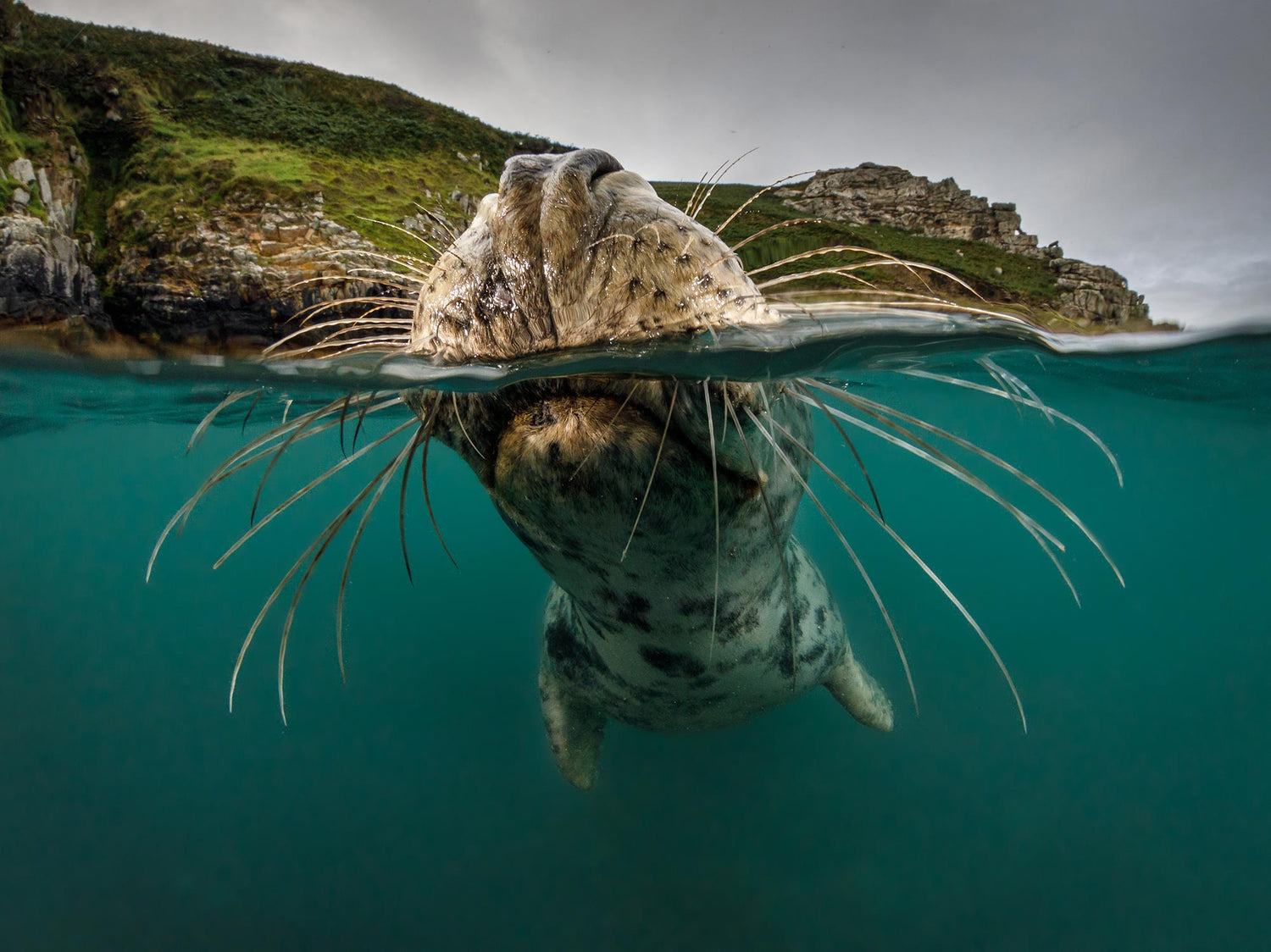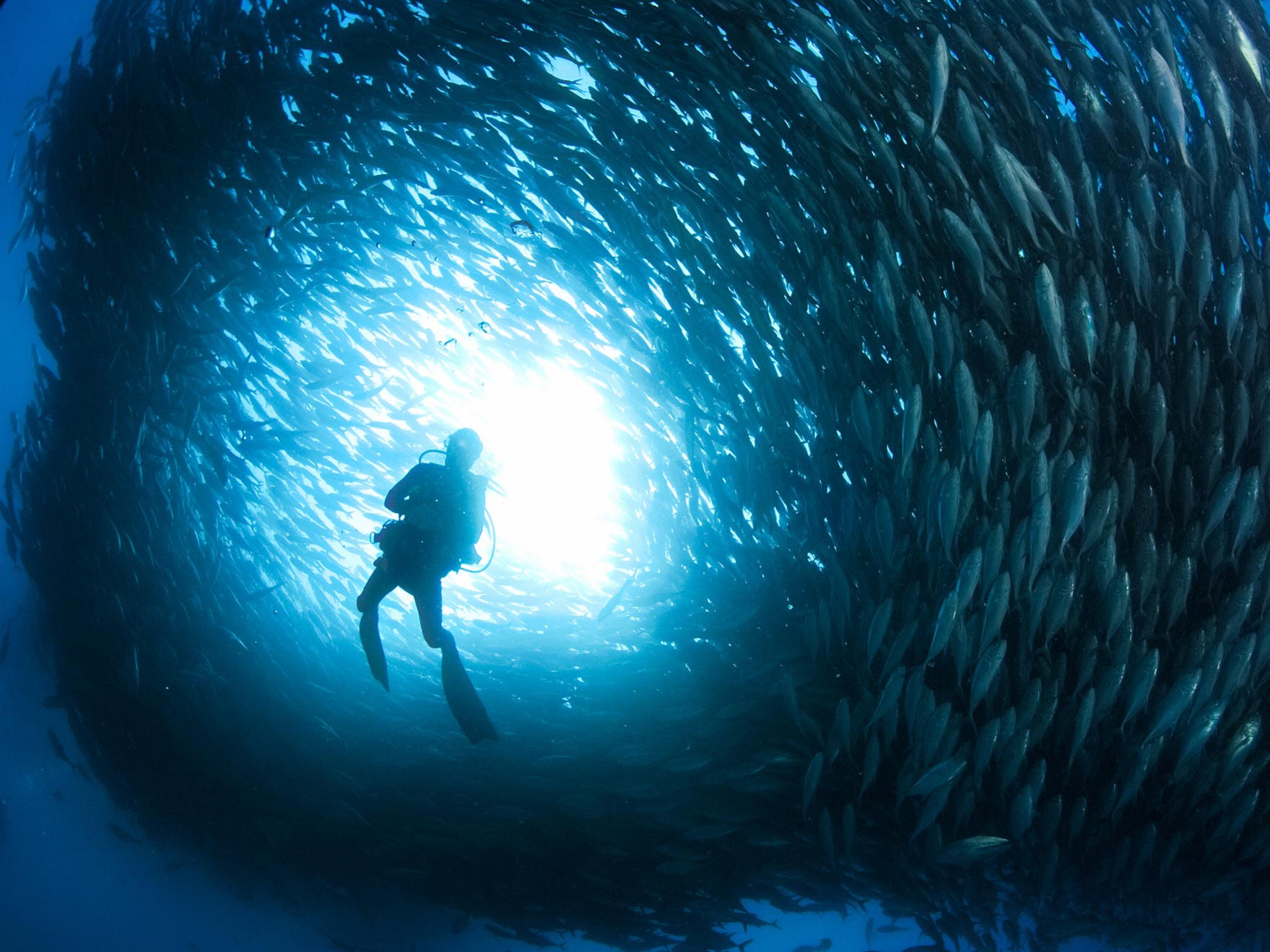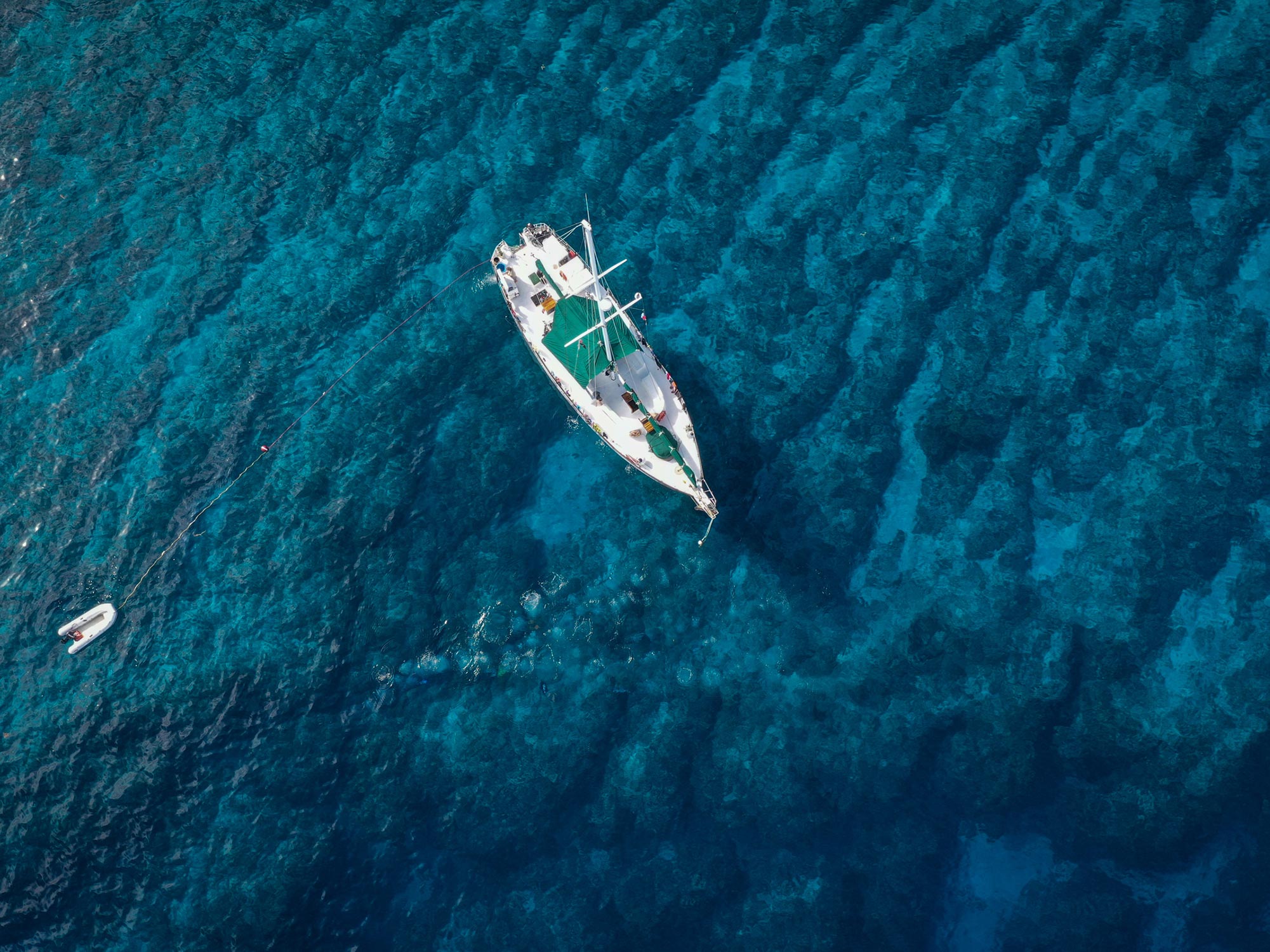By Grant Thomas
When people think about diving in the UK they normally think cold, dark and slimy seaweed, which are the same kind of thoughts I used to have before this year. However, as I discovered, that is not at all true. Prior to the current global pandemic putting an abrupt halt to international travel, I was fortunate to spend most of my time working in the warm tropical waters around the Asia-Pacific region. I would spend most days floating around in crystal-clear blue water with only a rash guard and shorts for thermal protection. It feels like so long ago that those days are almost like a figment of my imagination now. As the impending lockdowns were looming back in March I was advised to return to the UK and come back in a month or so when it all blows over, but little did we know…
Fast-forward 7 months of lockdown in the UK and I’m feeling very fortunate to have been stuck here. Not just because we actually had some sunshine this year, a rare sight in Scotland, but also because it gave me the chance to explore some of the incredible diving we have available around our vast 31,000km coastline, and over 40,000 lakes.

A panoramic view of Lands End. This special little island is home to 23 unique holiday properties and a smattering of residents. © 2021 Grant Thomas
One of the absolute highlights for me was diving at Lundy Island, a small granite outcrop, three miles long and half a mile wide that lies off the coast of North Devon, where the Atlantic Ocean meets the Bristol Channel, with nothing between it and America. Completely unspoiled, this little British paradise is home to hundreds of Atlantic Grey seals, which are very much used to the presence of divers.

Just like any Seal Team worth its weight they know the drill. Lundy Island seals are accustomed to the visiting divers. © 2021 Grant Thomas
I had heard many epic stories of the seal encounters at Lundy Island but as I usually only made flying visits to see family in Glasgow, the opposite end of the UK to Lundy, I never had the time to visit myself. Time wasn’t so much of an issue this year though thankfully, so I packed my equipment and set off on a 10-hour drive to the South West coast. In typical UK weather fashion, we had a huge storm blow in the night before, bringing with it 50 mph winds and monsoon rain but that wasn’t going to put me off!

The seals may seem like puppies at first but they can grow the size of Andre the Giant and have a mouthful of razor sharp teeth. © 2021 Grant Thomas
After a bumpy boat ride out to the island, we pulled into a sheltered bay where we were greeted by a bunch of curious seal heads popping up from the behind the jagged rocks. They seemed to know exactly what was going on, as each of them slipped into the water and swam towards the boat, circling us in no time. We all suited up and hopped into the water and straight away, we were surrounded. I have to admit I was slightly intimidated at first, as the males can weigh up to 250 kg (550 lb) and stretch to a whopping 2.5 metres (8 feet) long, with huge mouths full of sharp teeth. I very quickly realised though that my newfound seal friends were about as dangerous as a young puppy. They would gently chew on different parts of me and my equipment, just as a puppy chews on new toys.

Diving equipment is seen as a play toy to the Lundy Island seals. © 2021 Grant Thomas
I found that the less attention I gave the seals the more curious they were. As I turned away from the them to photograph some interesting rock formations or kelp, they would instantly come over to see what I was doing. They also absolutely LOVE nibbling on divers fins. So much so, that quite often I would feel one of my legs being tugged away from my body, only to look down and find two big dark eyes looking up at me as if to say “come play."

A seal beckons for some playtime. Don’t wear your best shoes here as the seals love to nibble on the tips of your fins. © 2021 Grant Thomas
The reason for the huge number of Grey seals in the UK is largely due to the fact that they are protected under the Conservation of Seals Act 1970. This has allowed the seal population to grow enormously. It’s now estimated that there are more than 120,000 grey seals in Britain, representing 40% of the world’s population, making the UK one of the best places in the world to dive with these amazing animals.

The Conservation of Seals Act of 1970 helped the local seal population by limiting the ways they can be killed and implementing a closed season. Additional work can still be done to reduce the number of seals killed by fishing, boating, and fish farming activities each year. © 2021 Grant Thomas

Approximately 40% of the world's seal population live in the UK. © 2021 Grant Thomas
With resident seals, Lundy Island can be dived all year round. If you want an opportunity to see the pups (baby seals) with their white fur coat, November/December is the birthing period. Anyone looking for an operator to visit Lundy, get in touch with the amazing team at Easy Divers North Devon.

Swimming with the seals. Lundy Bay water temperatures run from about 15-18°C (59-64°F) in the summer down to as low as 9°C (48°F) in the winter. © 2021 Grant Thomas
 Ambassador Grant Thomas left Scotland with a degree in Engineering and a desire to travel. His travels developed into a passion for photography, a PADI SCUBA Instructor certification, and an underwater housing. Since then he's established himself as an award-winning underwater photographer including a distinction as British Underwater Photographer of the Year in 2018. He now works as a freelance photographer and expedition guide, leading tours and workshops to encounter and photograph animals like humpback whales and orcas. Read more...
Ambassador Grant Thomas left Scotland with a degree in Engineering and a desire to travel. His travels developed into a passion for photography, a PADI SCUBA Instructor certification, and an underwater housing. Since then he's established himself as an award-winning underwater photographer including a distinction as British Underwater Photographer of the Year in 2018. He now works as a freelance photographer and expedition guide, leading tours and workshops to encounter and photograph animals like humpback whales and orcas. Read more...
Related Articles
1-on-1 Underwater Photography Classes with Grant Thomas
Freediving with Orcas in Norway
Planning a Trip to Tonga to Swim with Humpback Whales
Cousteau's Aquarium | Sea of Cortez with the Nikon Z6
Tonga Underwater with Humpback Whales and Grant Thomas
Planning a Trip to Photograph Manatees in Crystal River, Florida
Dolphin Photography Underwater Camera Settings
Behind the Shot: Swirling Mobulas in Southern Baja Mexico
Covid-19 Check-In | Ambassadors, Part 1
British Photography Awards 2020 Shortlist













